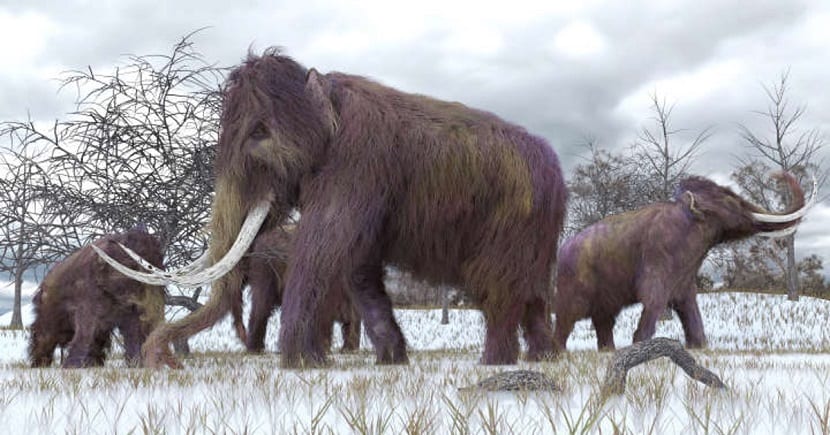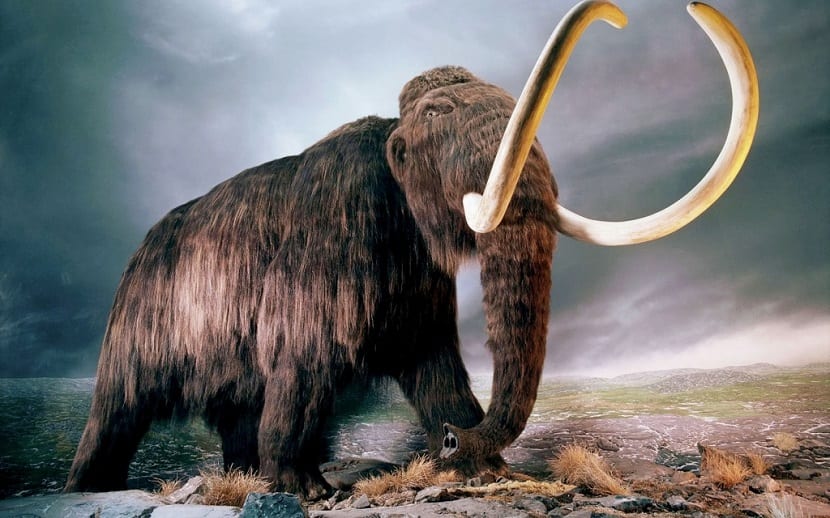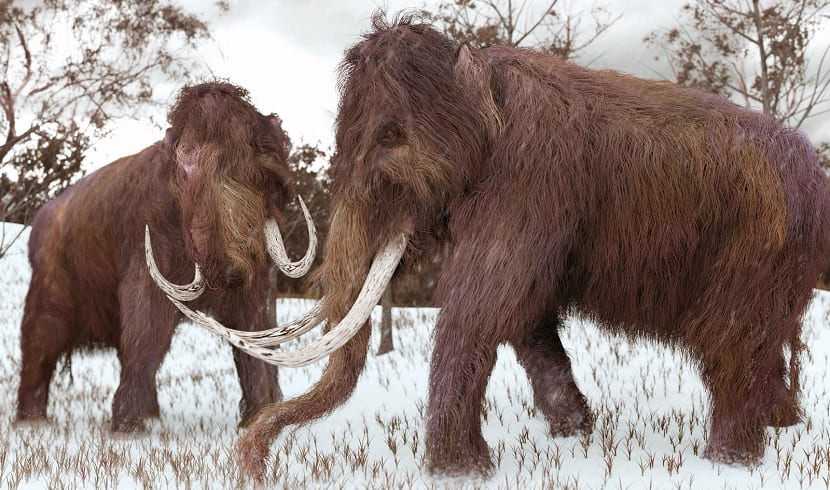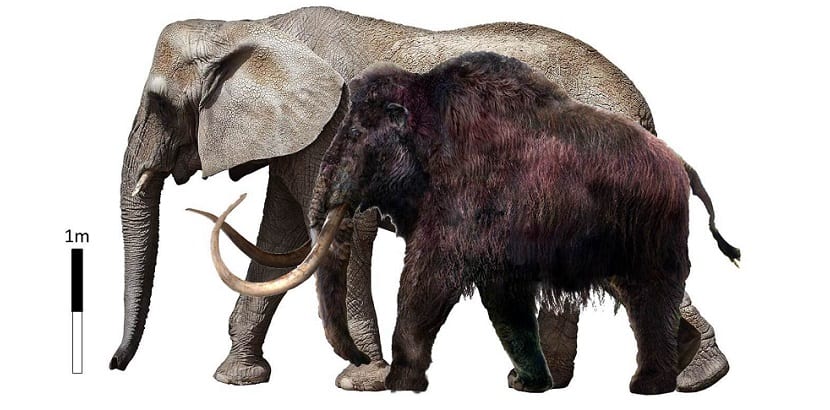
To this day, as has already been demonstrated in the odd project, humans have been in a position to clone animals for some years now. We are truly facing a rather complex process where, to date, all cloned animals have something in common, their clone is still alive or their genome, necessary for this work, has been taken from an animal that was alive.
What this team of researchers is proposing to us is something completely different from everything we know so far, literally what they want is to go one step further and bring life back to a species that became extinct many years ago, specifically to woolly mammoths, an animal that, although we know their appearance thanks to the representations of our ancestors, after hundreds of years we could get to see them with our own eyes.

George Church is the man leading the team of scientists working on the resurrection of woolly mammoths
To get a little idea of the qualities that a team of scientists must have to be able to bring an extinct species back to life, tell you that at the head of this project is nothing less than George Church, an American geneticist, molecular engineer, and chemist who today is a professor of genetics at Harvard Medical School, professor of health sciences and technology at Harvard and MIT, and a founding member of the Wyss Institute for Biologically Inspired Engineering of Harvard University.
As for the work necessary to bring this species back to life, it is necessary, first of all, to have sequenced the entire genome of the species in its entirety, a task that the group of researchers seems to have ready since, according to George himself Church, in their work schedule they plan to get growing the first embryos of this species in artificial wombs within a year.

Woolly mammoths, to our knowledge, are a species that became extinct about 3.700 years ago
Woolly mammoths are a species that, according to our historical record, must have disappear from Earth about 3.700 years ago. We talk about a indigenous species of the subsiberian steppe, an area in which this colossus could survive thanks to certain morphological characteristics such as the thick layer of hair, the subcutaneous fat or the ability to heat its blood in order to survive the cold climate of that area.
At this point, the time has come to understand why these scientists want to bring these types of species to life. Specifically what they seek is to bring to life an extinct species to take advantage, in the case of woolly mammoths, all these evolutionary characteristics that make them unique. Once this step has been taken, all that remains is to apply this technology to bring to life all those species that are disappearing through the direct action of human beings.

Although it is not ethically correct, there are many researchers who would seek to hybridize woolly mammoths with Asian elephants
As a result of all this research, it is not surprising that the group of geneticists working on this project comment that they are thinking about the possibilities it would offer hybridize different species, that is, matching genes from a woolly mammoth with an Asian elephant, perhaps the one that may be its closest living relative. On the other hand, they are the ones who declare that this could not happen due to different ethical reasons.
On the other hand and according to voices of the community of geneticists, the truth is that there are some evolutionary characteristics of woolly mammoths that can be very interesting for them to appear in Asian elephants, despite their negative implications. The idea would be to get, for example, that Asian elephants could adapt to a much more hostile climate due to climate change.